The song
Snow 5:06 Loreena McKennitt
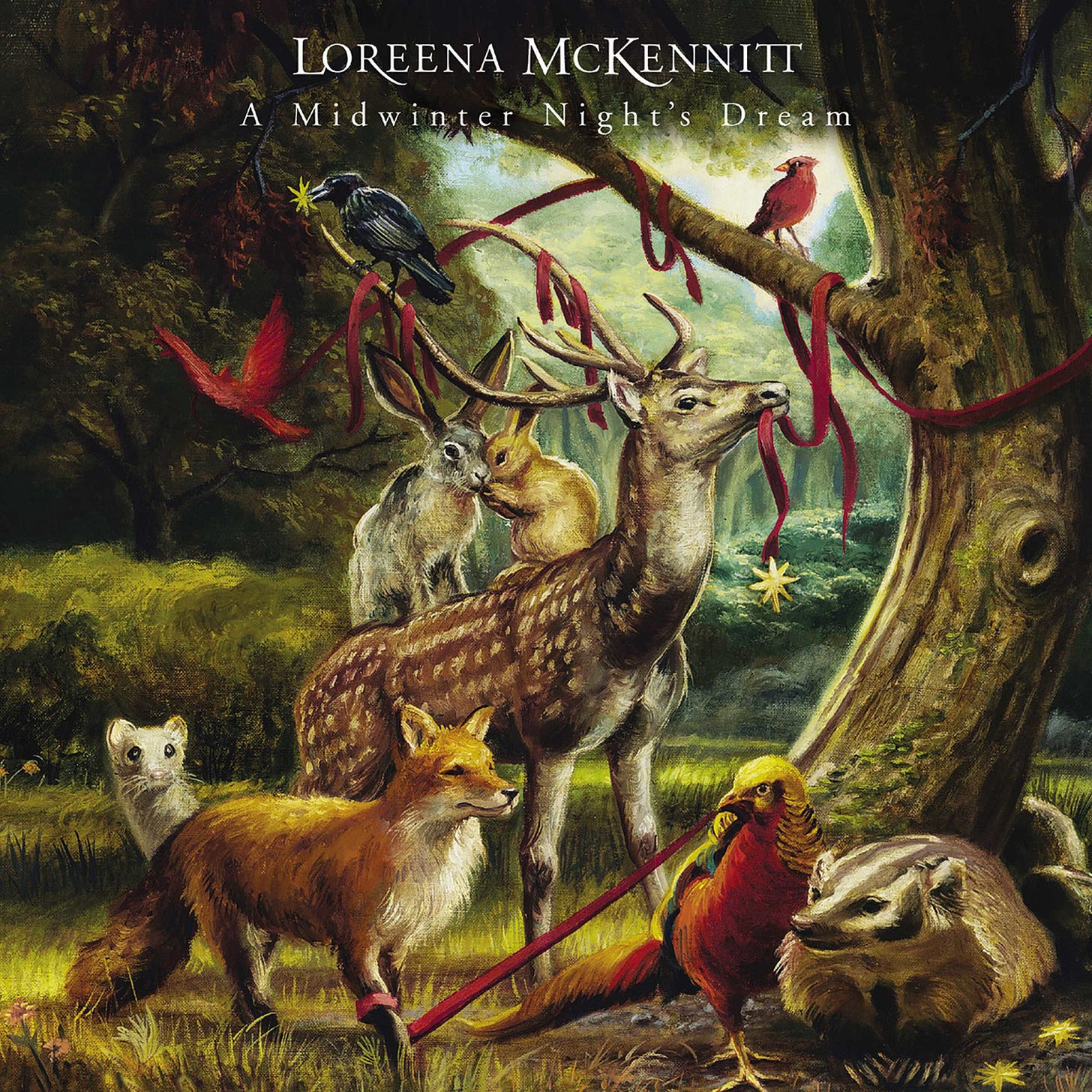
This is Loreena McKennitt’s setting for Snow, a poem by Canadian poet Archibald Lampman (1861-1899). She is probably Canada’s most well-known harpist/singer. In 2004 she was appointed to the Order of Canada (Canada doesn’t allow people to receive knighthoods, even from England. That is our equivalent.)
I have a lot of Christmas music albums in my collection from female Canadian singer/Celtic-harpists. One of my favourite seasonal customs has been to attend Lori Pappajohn’s elegant, renaissance-costumed seasonal touring Winter Harp concerts. I suspect that Loreena is part of the inspiration for Canada’s Celtic harp craze. (Victoria’s Denis Donnelly could probably have added a bit of testosterone to that craze but he has been too busy encouraging community harmony-singing.)
I really like Loreena’s settings and interpretations of historical ballad poems, especially of Alfred Lord Tennyson’s The Lady of Shalott from her 1991 album, The Visit. If you are already one of her fans you will be pleased to hear that she has just released a hardbound book and box set of four CDs and a DVD in honour of the thirtieth anniversary of that ground-breaking album which “propelled her onto the international stage.”
As with all performing artists, Loreena’s concert tours have been affected for two years now by the covid epidemic. But this year from Dec 16-19 she will be giving a series of pre-Christmas concerts called A Midwinter Night’s Music in her hometown of Stratford, Ontario.
“autostopowicz70” has posted two videos on YouTube featuring Loreena’s singing of Snow: This one is a slideshow of snow photos that uses the studio recording, and this one is a professionally filmed and recorded version of her singing it at a November 2021 concert.
Archibald Lampman is described on AllPoetry.com as being widely regarded as Canada's finest 19th-century English-language poet. MyPoeticSide.com has a considerably more biographic information about him, including an interesting timeline that includes details of his life and contextual information about important international historical events that may have influenced him. These two sentences particularly caught my eye:
Archie had developed an interest in writing about the great outdoors and, in time, became known as one of Canada’s greatest ever nature poets, writing in what was, at the time, the current late-Romantic style. He was compared favourably to great English poets like Keats, Wordsworth and Arnold but everyone recognised that he brought a uniquely Canadian feel to his work.
As song-setters are wont to do, Loreena made a few minor changes to the original poem, for brevity and to better fit the strict cadence of a melody. Here is the original poem from AllPoetry.com:
Snow
by Archibald Lampman
White are the far-off plains, and white
The fading forests grow;
The wind dies out along the height,
And denser still the snow,
A gathering weight on roof and tree,
Falls down scarce audibly.The road before me smooths and fills
Apace, and all about
The fences dwindle, and the hills
Are blotted slowly out;
The naked trees loom spectrally
Into the dim white sky.The meadows and far-sheeted streams
Lie still without a sound;
Like some soft minister of dreams
The snow-fall hoods me round;
In wood and water, earth and air,
A silence everywhere.Save when at lonely intervals
Some farmer's sleigh, urged on,
With rustling runners and sharp bells,
Swings by me and is gone;
Or from the empty waste I hear
A sound remote and clear;The barking of a dog, or call
To cattle, sharply pealed,
Borne echoing from some wayside stall
Or barnyard far a-field;
Then all is silent, and the snow
Falls, settling soft and slow.The evening deepens, and the gray
Folds closer earth and sky;
The world seems shrouded far away;
Its noises sleep, and I,
As secret as yon buried stream,
Plod dumbly on, and dream.
Essay: Ancient Origins Part 4: A time of rapid technological, social and cultural change and the beginning of polytheism [word count 2241]
Agriculture was invented between 10,000 and 7000 years ago, beginning after the end of the last great Ice Age. This essay will cover that period from that time until about 2000 BCE. Growing crops and raising livestock didn’t just suddenly begin. It evolved, but compared to the previous developments in this Ancient Origins series, both the evolution of agriculture and the technological, social and cultural changes that sprang from it happened very rapidly. The wild flurry of innovations I am about to describe all happened within a 6000 year period. We are still experiencing this exponential change in the pace of human history.
As you are reading about these changes remember that as each innovation emerged it would begin to spread to other places. This happened through dispersion of a rapidly growing population but also through diffusion of the new knowledge to neighbouring peoples through the trading routes that were developing at that time. Knowledge spreads faster than people do.
[Note: It is possible that some of the innovations that I attribute to Asia Minor in this essay may actually have come to the West from the East through that region. Similar developments were happening at about the same time, apparently independently, in China, India, and Meso-America.
I have not looked into why this was happening in so many places at the same time but I find it hard to believe that it is just a coincidence. Perhaps they aren’t really independent of each other after all. Knowledge of new technology can travel more readily than masses of people can, and if knowledge from the East were to come to Europe at that time it would have come through Asia Minor.
There are some identified relationships of between some elements of agriculture/technology/culture between the Middle East with India. But looking further into this has not been within the scope of these essays because their religions and cultures are not ancestral to me as far as I know. I am basing this essay on sources that I consider to be reliable but the literature may still be rather Eurocentric. End of note.]
The process began with pastoralism; instead of following the herds, people began to steer them towards where they wanted to go. According to archaeological and other evidence, this started in the Middle East, at the Palestinian end of the “fertile crescent” and at first spread through that arc and into the nearby Nile river delta.
There are many people around the world, like the herding peoples in Africa and Asia, or the Sami people who heard reindeer in Finland, who still live this way. So through anthropological study of extant cultures we know a lot about this lifestyle and the kinds of worldviews that pastoralists have. By integrating this knowledge with information from other disciplines, we can get an insight into the lives and beliefs of early pastoralists.
Soon after herding began people started to learn the fundamentals of selective breeding for the characteristics they wanted. As sheep, goats, cattle, or other animals that our ancestors herded became semi-domesticated the processes of breeding and herding themselves can be thought of as a technology that developed. [Note: I checked; dogs were not trained and bred to assist in this task until the 16th century CE.]
Pastoralists do not necessarily herd their animals to eat them or for their parts like hides, horns and hooves; in fact, some only kill and eat them on special occasions. They can live off secondary resources that do not involve killing their animals, like drinking or processing their milk or blood, or collecting their wool.
Pastoralists also foraged for food, and began to manage the native food sources in the reliable grassland places to which they regularly returned with their herds. That was the beginning of agriculture. As they had learned from breeding their animals, people soon began to save the best seeds for planting rather than eating them, thus improving yield and nutritional value compared to the original wild plants.
Over a relatively short period of time many people abandoned the pastoral life and specialized in agriculture. Agriculture is also a form of technology, and as had happened with stone tool-making, one type of technological improvement can lead to another.
For most, converting from pastoralists to farmers involved a major change in lifestyle – staying in one place rather than being even semi-nomadic. This itself opened up more opportunities for new technologies. People could invent things that were not portable, like barns and granaries to store their food. Grinding stones could turn their grain into powder to make it more digestible, leading to the invention of bread, and ovens to cook it more reliably. As I briefly discussed I the November 27 essay, beer was invented in Asia Minor at this time. So was drainage, irrigation, and the wheel.


Early domestication of farm animals included cattle, sheep and pigeons about 10,000 years ago according to DNA evidence. (Chickens are relatively new and came from the East: They were domesticated in southeast Asia about 8000 years ago but only became a farm animal in the Middle East about 2500 years ago.) Pigs were domesticated about 8500 years ago, and sheep and horses about 3000 years later.
The beginning of agriculture and settling in one place wasn’t just a technological revolution. People found that instead of living in small nomadic bands it was beneficial for people to live closer together in villages. Proximity and the growing surplus of food led to economic and cultural development, and a population boom. Also, people could begin to specialize on whichever type of work best suited their abilities, so no longer was everyone a hunter or food gatherer, a pastoralist, or a farmer.
People one settlement or village could trade with each other and with neighbouring villages. They no longer needed to depend on happenstance meetings between their small bands of wandering nomads to trade what surplus or specialty items they carried with them. They literally knew where each other lived. I can’t imagine that it was long before the professions of “traveling salesman” and wandering musician/storyteller were invented.
Food surplus, work specialization and commerce led to people being able to live in larger towns. The invention of commerce led to carts and wooden boatbuilding. Also to writing: The oldest extant writing is business records, first on clay but later on parchment and forerunners to paper.
Stationary and prosperous villages and towns made for easy prey. There had always been some bands of hunter-gatherers who would prey on others, but now warrior tribes could dominate over several villages and towns. Therefore another “invention” stemmed from the beginnings of agriculture. Militias and town walls had to be invented, leading to bigger and better-armed armies of would-be dominators.
Both living together in larger communities that needed public works, and larger military operations, required forms of leadership beyond the levels that were suitable for small bands of hunter-gatherers. Town governments and military organizational structures emerged. Successful warlords evolved into kings, and their capitols grew into urban cities. Maintaining control over more people required hierarchies of leadership and forms of civilian bureaucracy developed.
Kings always wanted up-to-date technologies and knowledge, so kings became patrons of inventors, well-informed people, fabricators and artisans. Libraries and “universities” arose. Interaction between these people in the royal courts was similar to the multidisciplinary approaches that our academic world has only recently rediscovered, and yielded the same opportunities to realize knew knowledge. Physics, mathematics, geometry, alchemy (a forerunner to chemistry) and other sciences all began about this time.
Do you remember my essay from Dec 4 called Enjoying winter stargazing that included looking at the night sky and seeing patterns in the stars? If you combine that with the practice of ancient storytellers you can possibly guess what other invention developed during this time. In Sumer, in the Middle East where the new governance system called kingdoms had developed and cities had been born, the royal court sponsored scholars to study the skies and Astrology was born.
Besides identifying standard constellations many of which we still use today, including those of the Zodiac, this led to the first known calendar. The maritime trading Phoenicians took this astronomical knowledge and began celestial navigation, which was used until the installation of GPS satellites 1978, and is still taught to navigators today as a back-up for if/when their GPS units fail. Those same trading Phoenicians also invented the first alphabet; the forerunner to all of the alphabets in use today.
Soon after 4500 BCE an innovation from present-day Serbia caught on like wildfire – bronze-making. It was an improvement over copper smelting that had been invented in the same region less than a millennium earlier. The combination of a small amount of tin with copper produced the harder, more durable metal. For most purposes, bronze was better for making tools, weapons and machine parts than soft wood, bone, antler and copper, or brittle stone.
From the beginning of pastoralism to the beginning of the Bronze Age was only a time period of about two millennia; a blink of the eye in the evolution of humanity that I have been discussing in these essays. And it would only be another blink of the eye before the Bronze Age was replaced by the Iron Age, generally accepted as starting in about 1000 BCE. And that is not the only change in nomenclature for the times: Because of the invention of writing, wherever agriculture and the technologies and culture it spawned were introduced those places moved from the time of pre-history and into the time of history.
Throughout the time period that I have been describing in this essay, the surplus of food that agriculture had initiated was creating a population explosion. People were spreading out into the lands that were sparsely populated by hunter-gatherers where the growing conditions were just as good or better than in the Middle East. Among the best of these lands were in Western Europe, partly because of the fertile soils but also because of the temperate weather created by the ocean currents I discussed in my November 30 essay.
Remember, this migration to Europe didn’t wait for the above story about technological development to be completed. It had been happening throughout the entire time after the invention of agriculture as people migrated in that direction after the retreat of the glaciers. This wasn’t necessarily in the form of an unfriendly takeover as took place much later in the Americas.
The agricultural people moved into sparsely settled lands, and the previous hunter-gather inhabitants either continued to migrate towards places where there was good hunting and gathering or they saw the advantages that farming and its associate technologies and culture had in that rich land and changed lifestyles. The new settlers did not stay stagnant with the technology from the time that they first came. Trade and commerce came with them and further innovations diffused to them.
All of the above information about changing technology and lifestyles during the Neolithic and Bronze ages sets the stage for the evolution of world views and pagan religious beliefs that also took place during this rather brief time span. Remember, these were intelligent people. They were gaining new understanding about things that previously mystified them, and their new personal environments and lifestyles gave them a new perspective.
People who lived in villages and towns did not see the world the same way as people who lived a nomadic and semi-nomadic existence living off the land. And people who are learning to think they can control nature are not likely to maintain the same nature-based “religion” and world-view as people who saw themselves as being a part of Nature.
As far as I can tell, either an entirely new kind of paganism was invented in Mesopotamia, or animism’s unnamed spirits or souls of animals, plants, objects evolved into personified deities. Either way, the complex new pantheon of gods and goddesses emerged matched the characteristics of the new world order.
We know a lot about this new beginning through regular archaeology and linguistic archaeology, but also because in Sumer the pre-historic era was over and some written records are available. At the time Mesopotamia, where the whole agriculture thing first got started, was the western world’s cultural centre for the new agricultural Western world and its new way of explaining the world that started there quickly spread.
In Sumer they had rule by kings and the biggest cities of the time. The new Sumerian religion’s pantheon of gods and goddesses resembled the royal families, and their attributes were more like the categorized responsibilities of officials in kingships and city governments. That new religion of the rich and powerful had overlaps but bore little resemblance to the old animism based on nature.
It also became the basis for all of the various forms of paganism in Europe and Asia, at least for urban people, from the final millennium of BCE and the first one of the Common Era. That era, which includes classical Greece and Rome, as well as the Celts and Franks, and the Germanic and Nordic people of northern Europe, will be in the next installment in this Ancient Origins sub-series of essays on Wednesday (Woden’s Day).





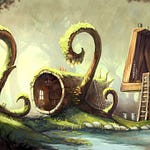


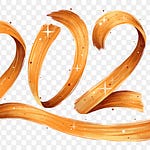

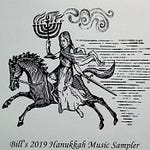
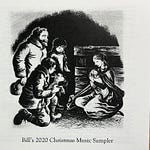

Share this post